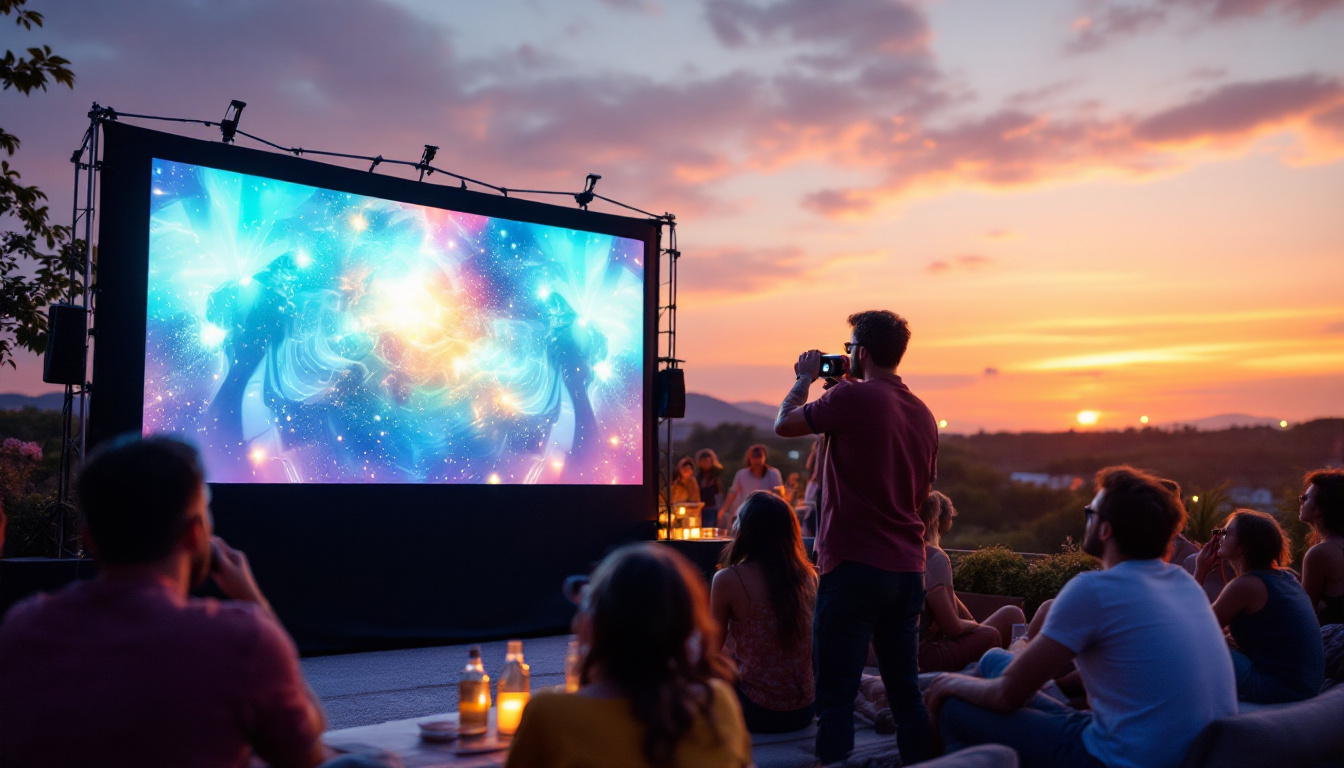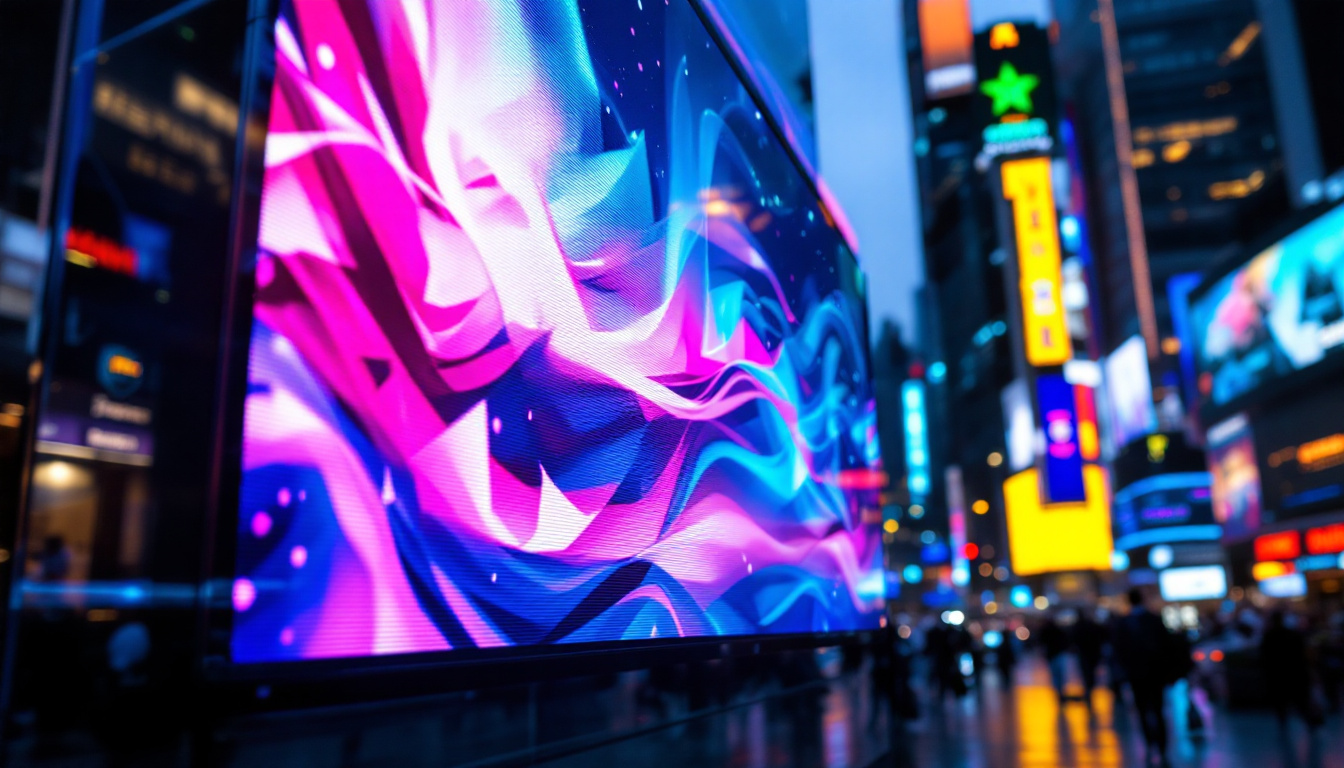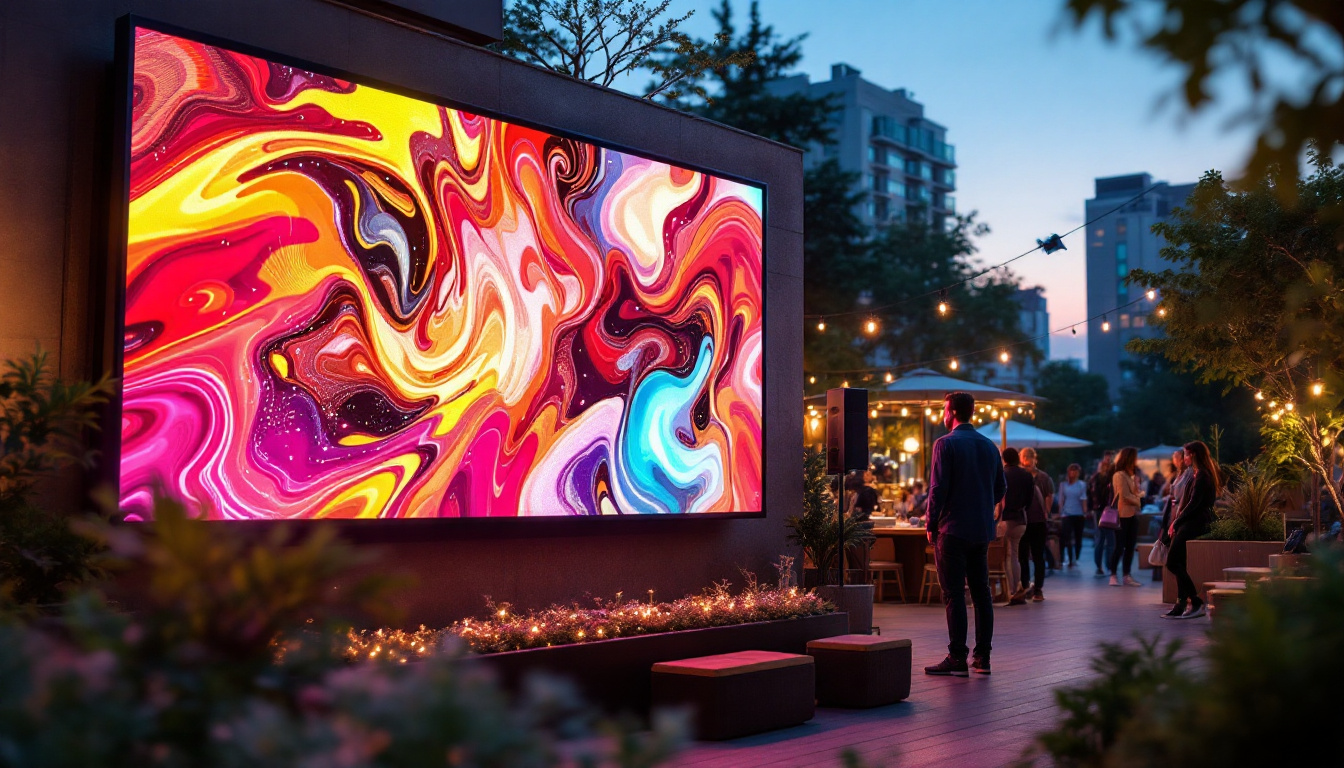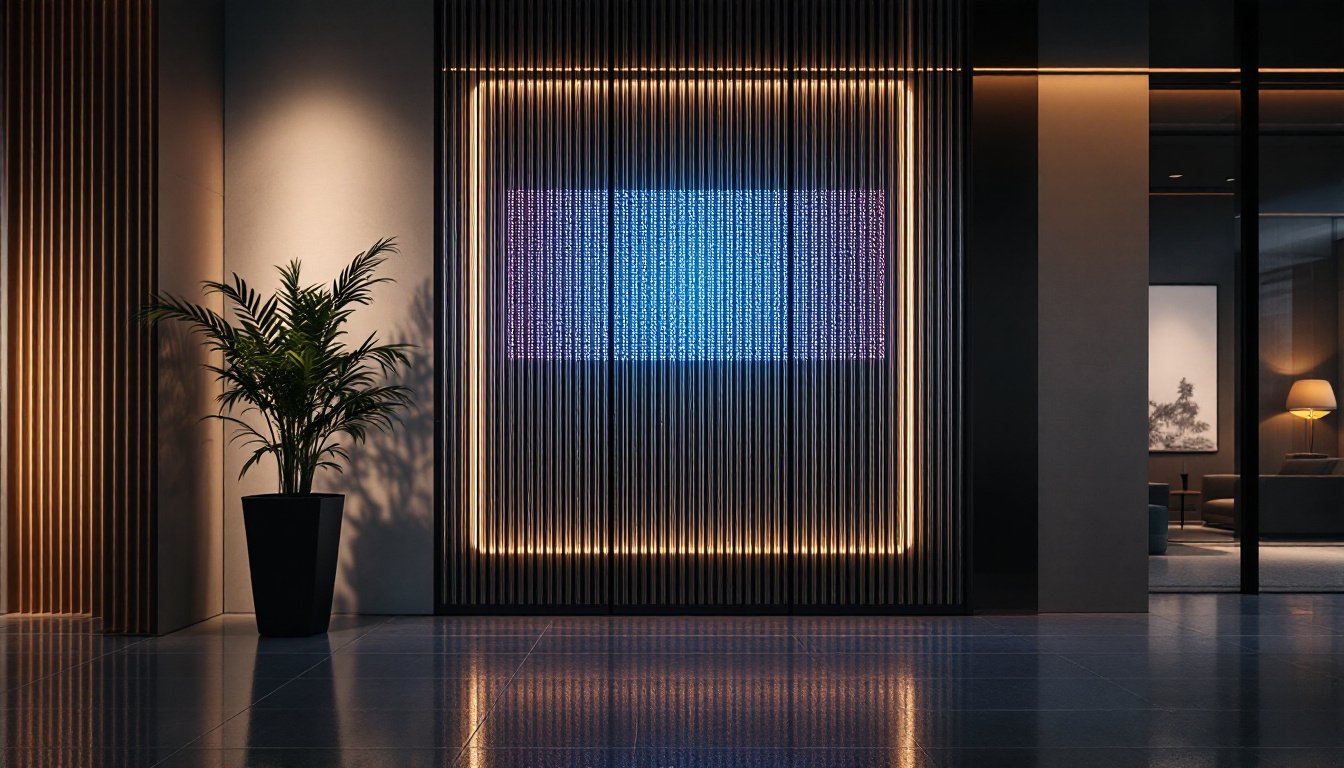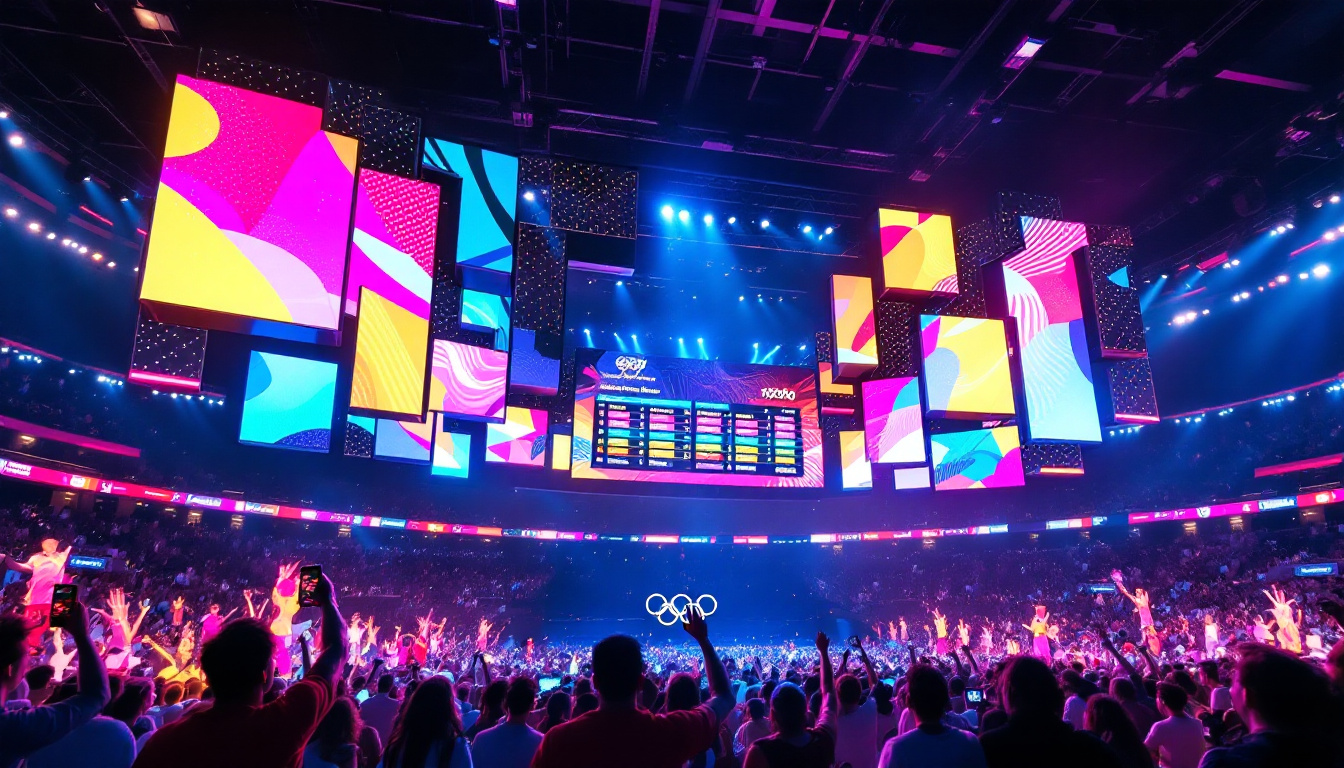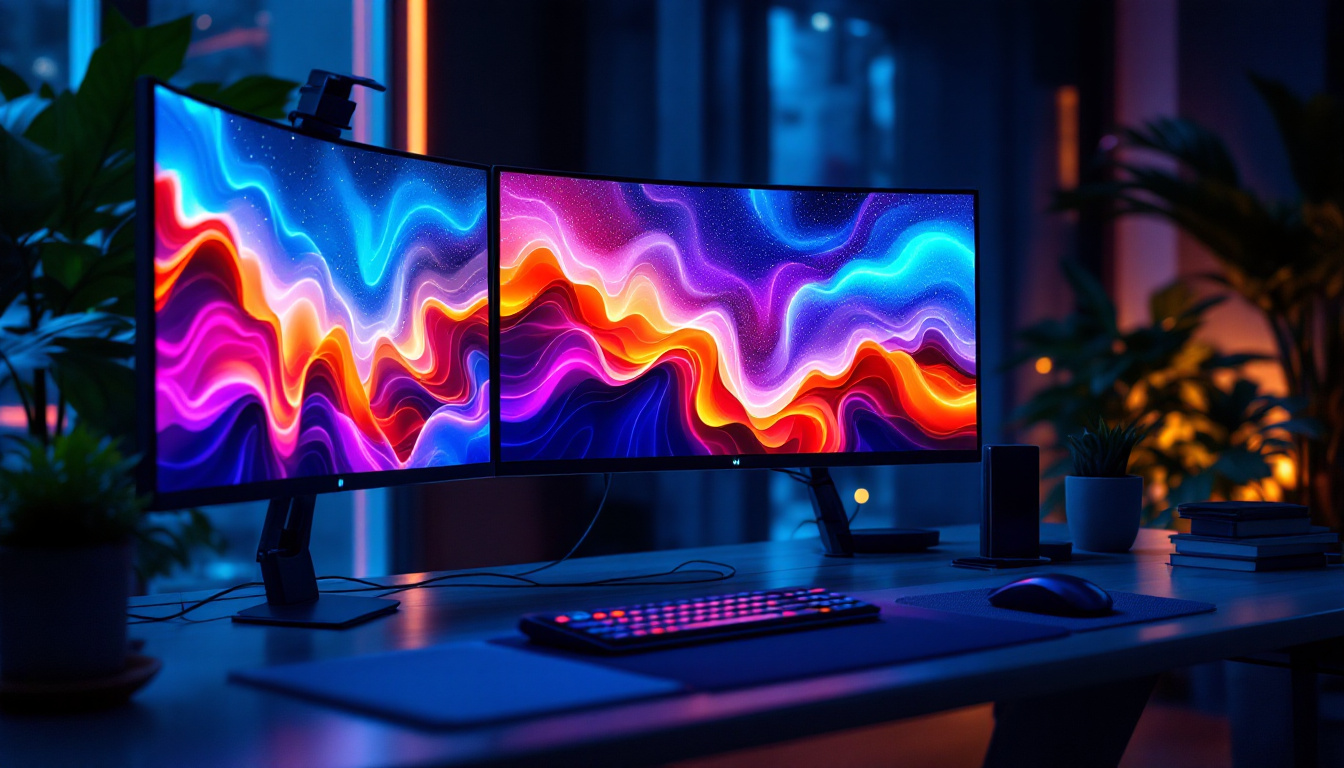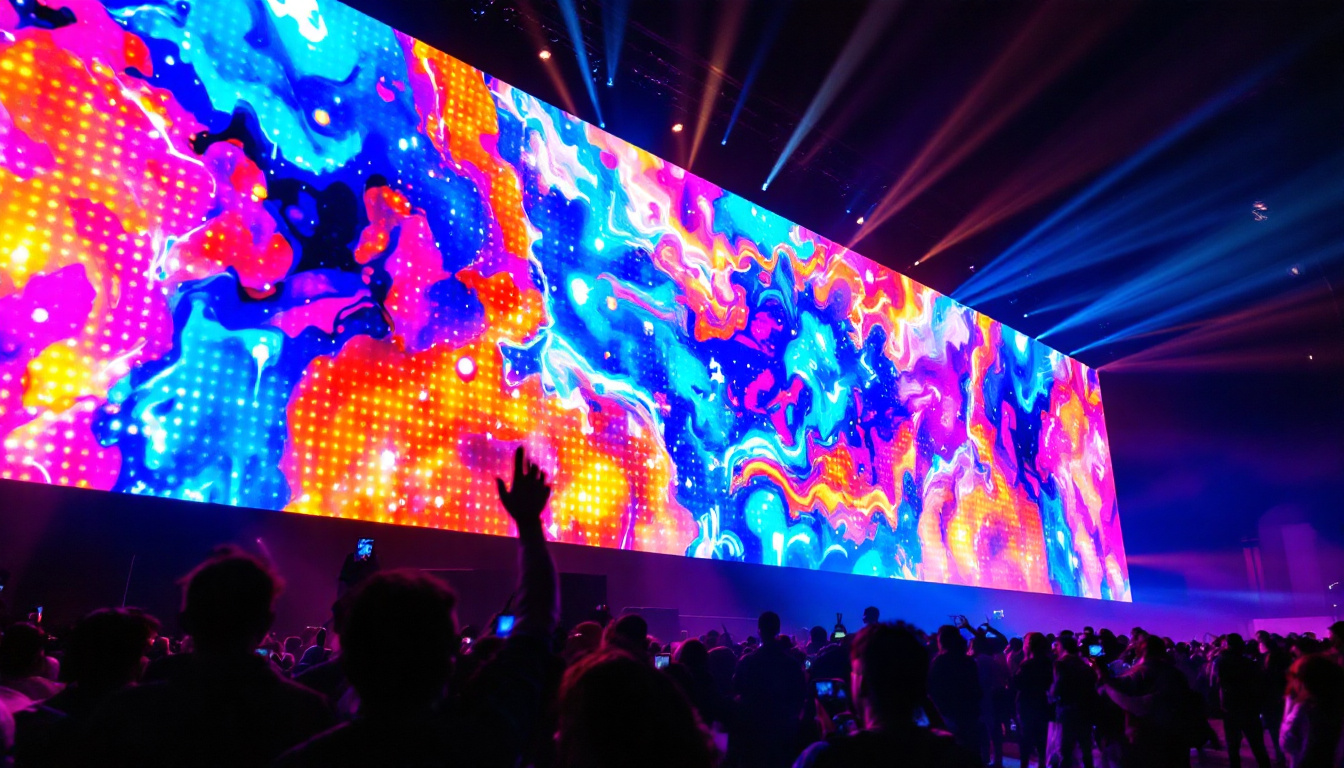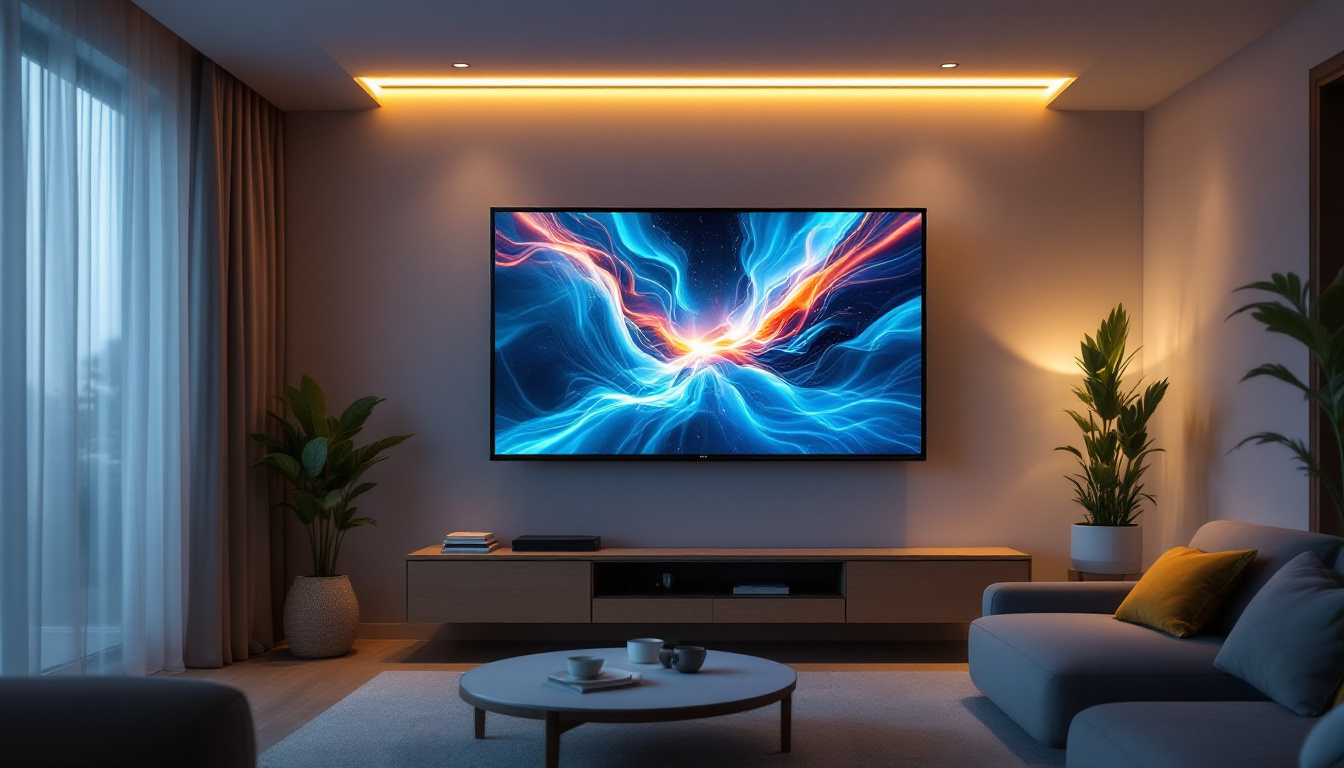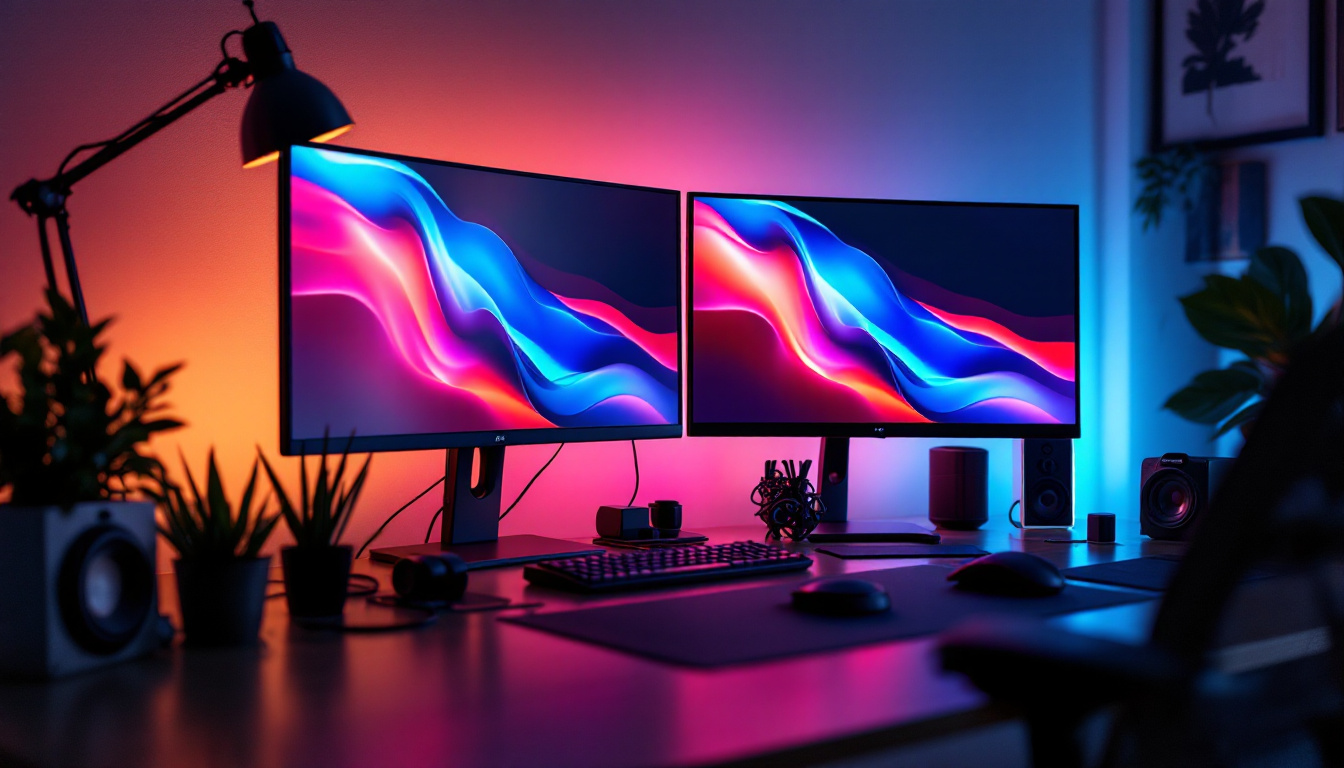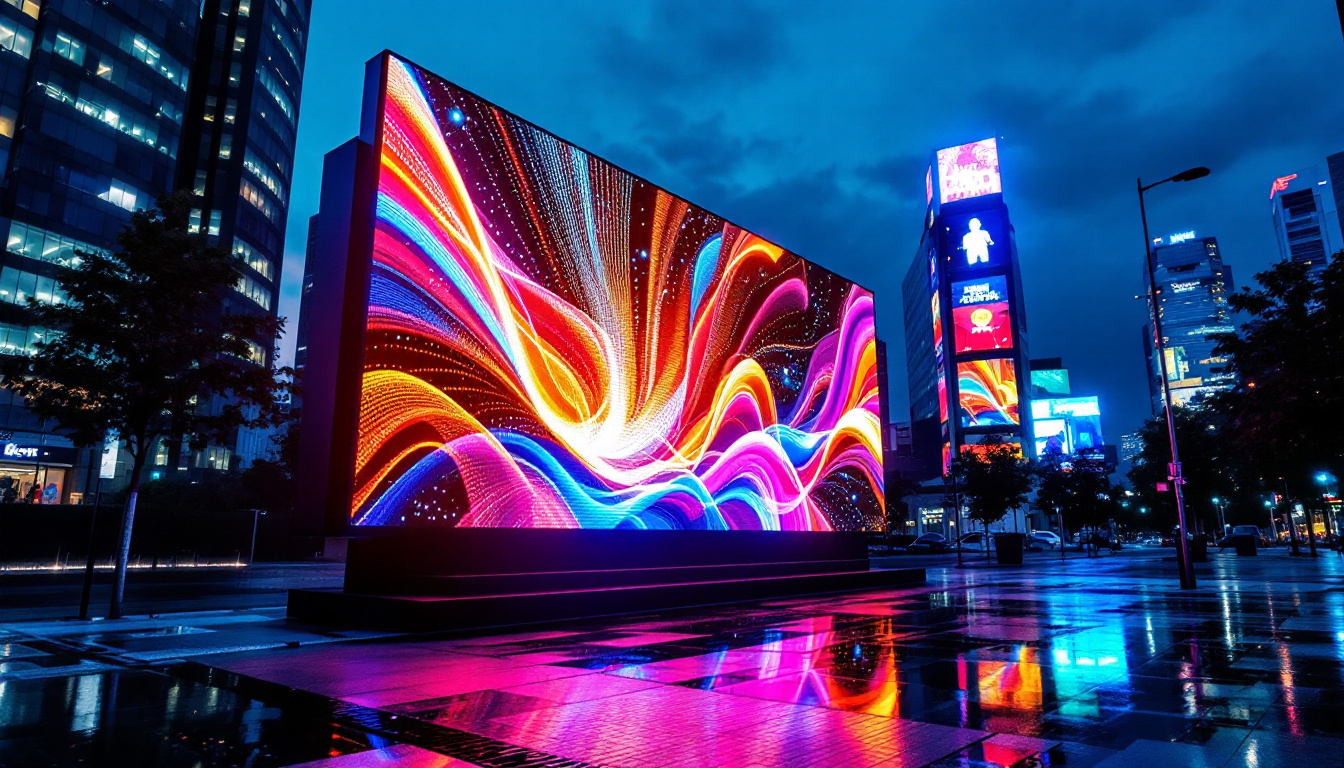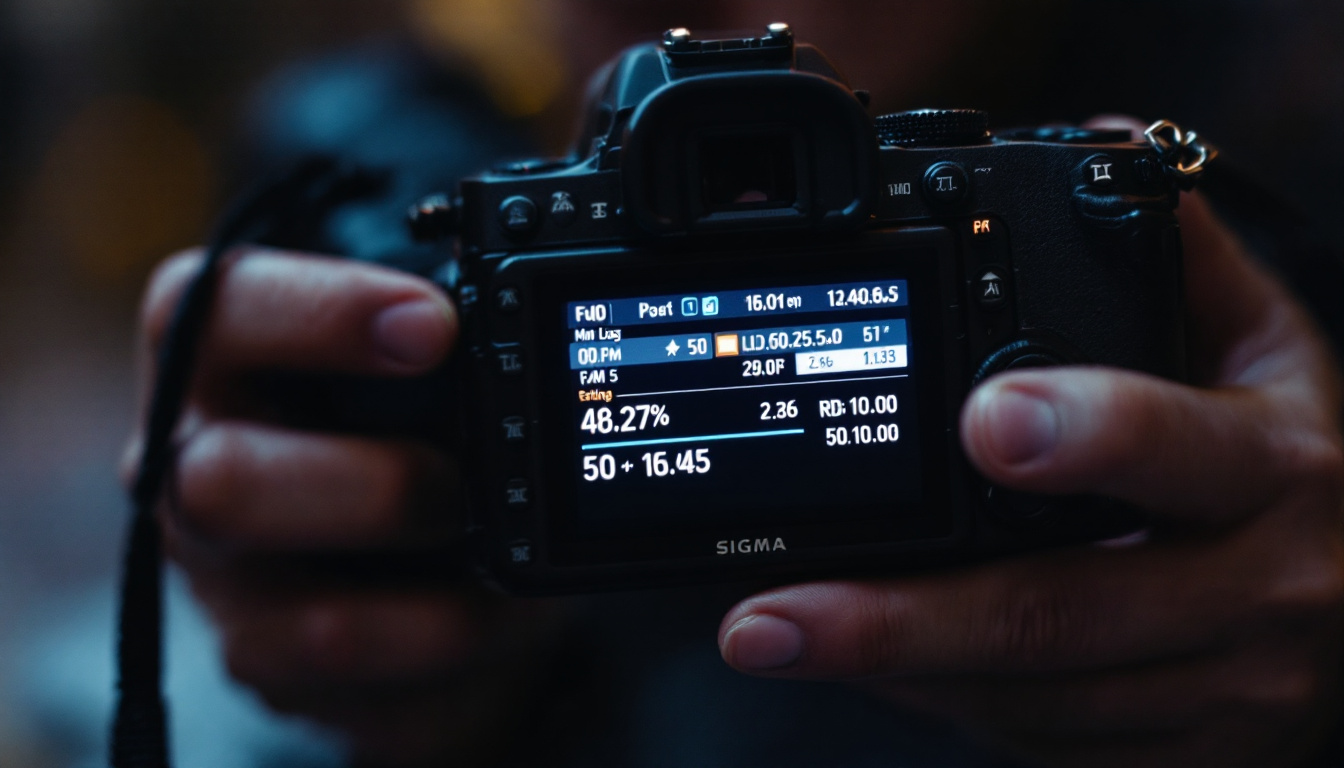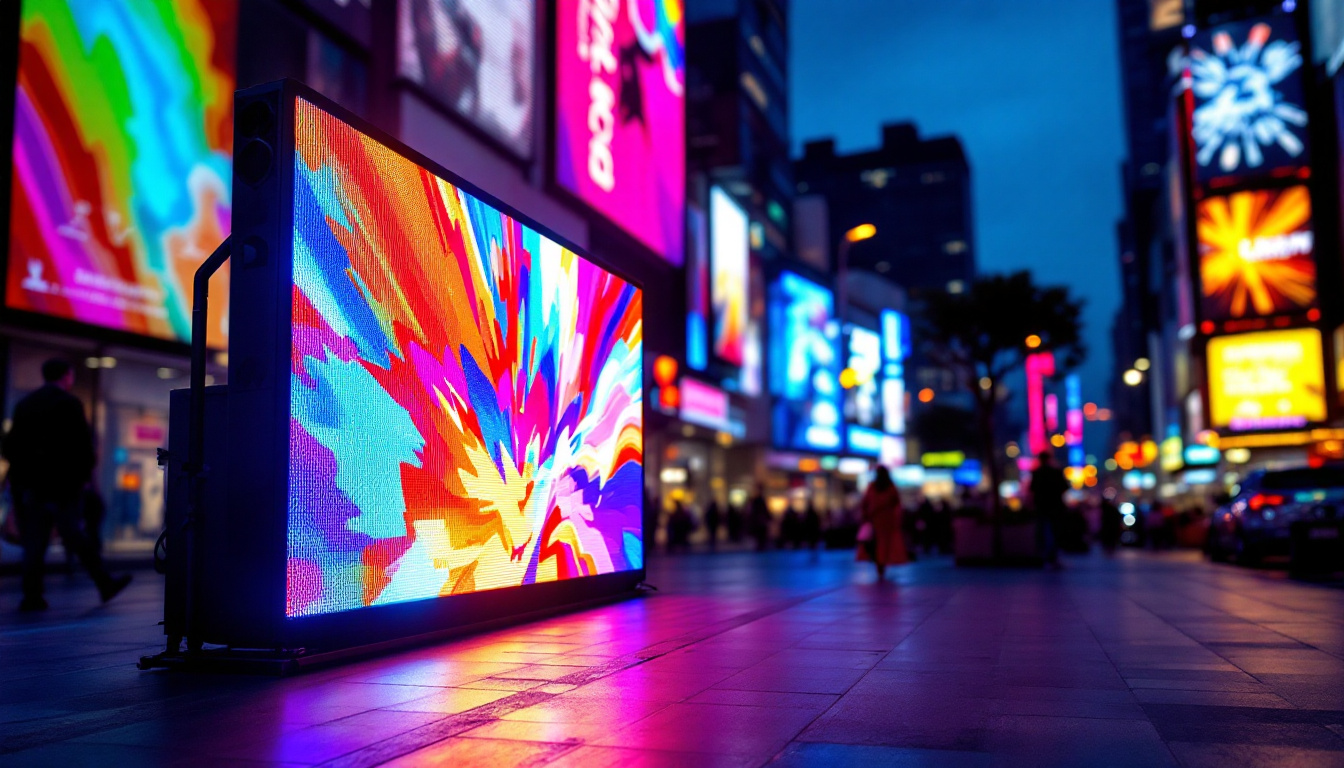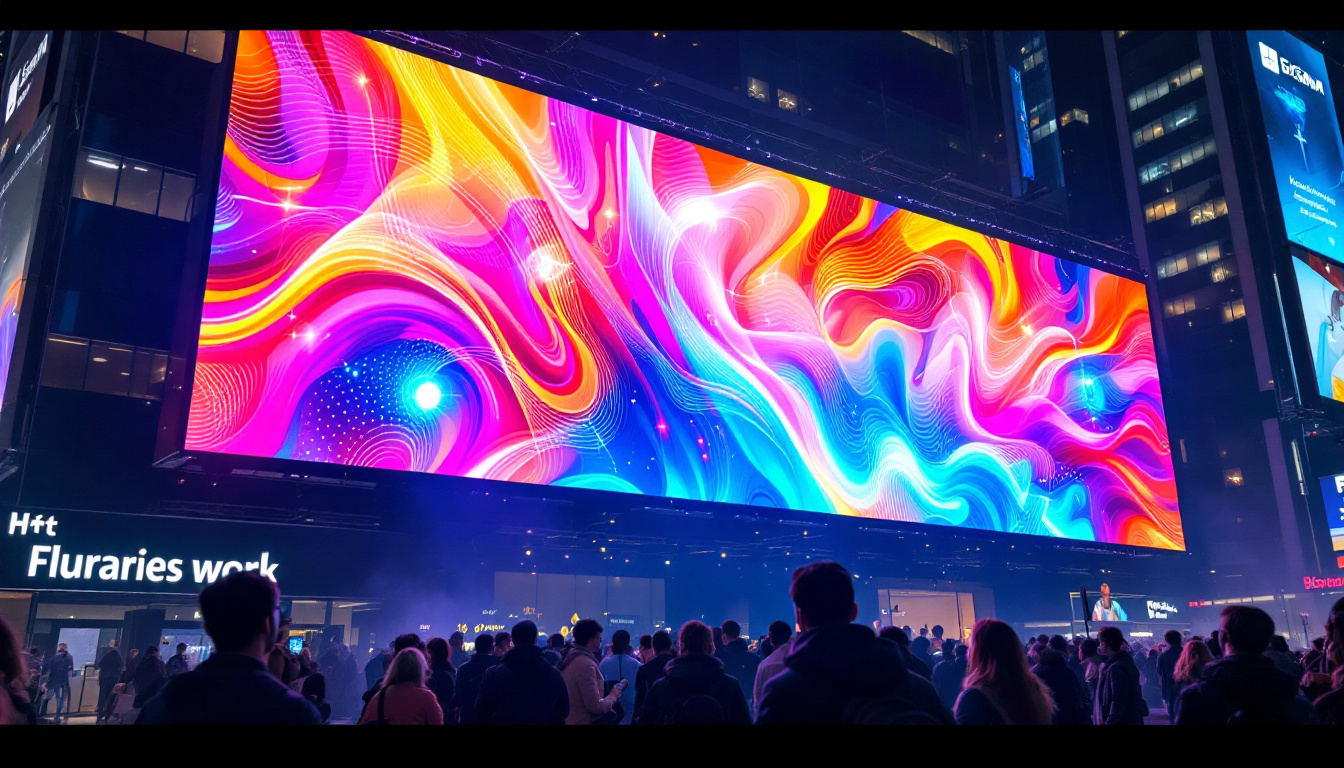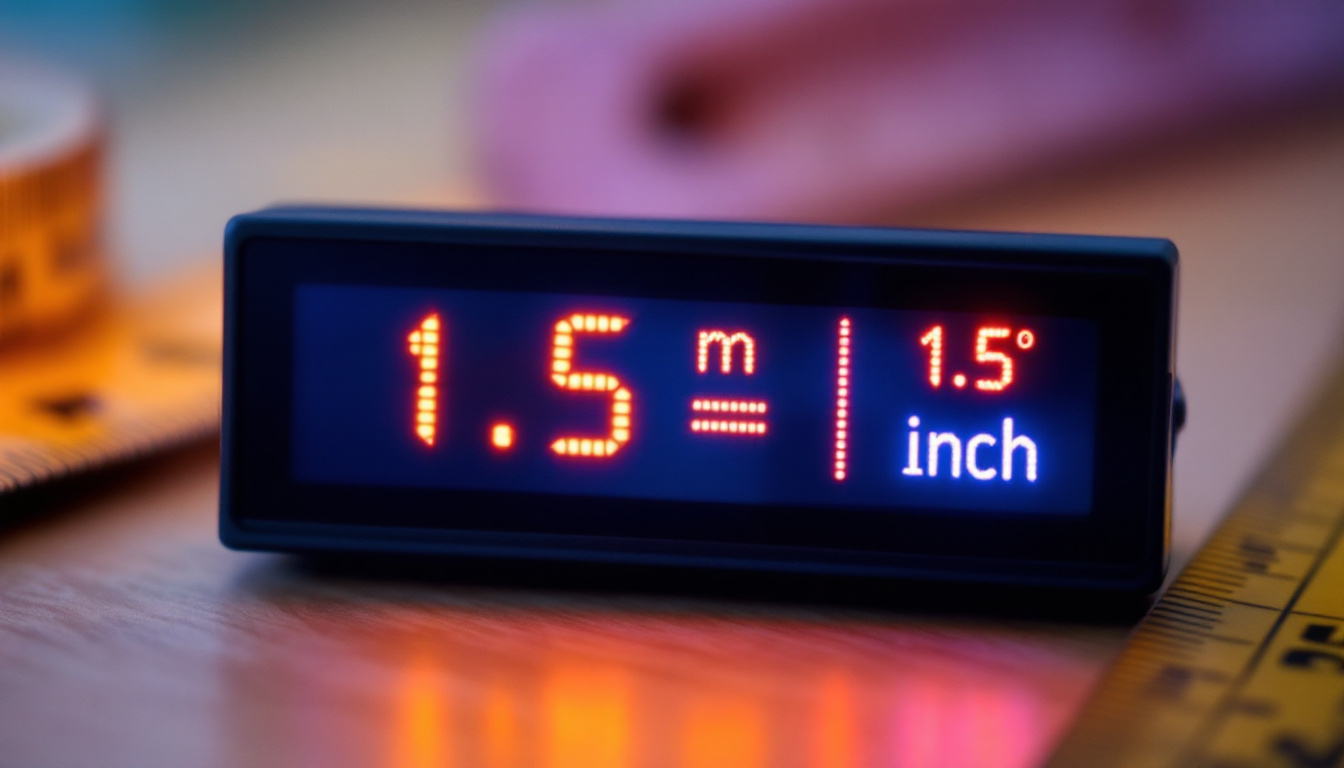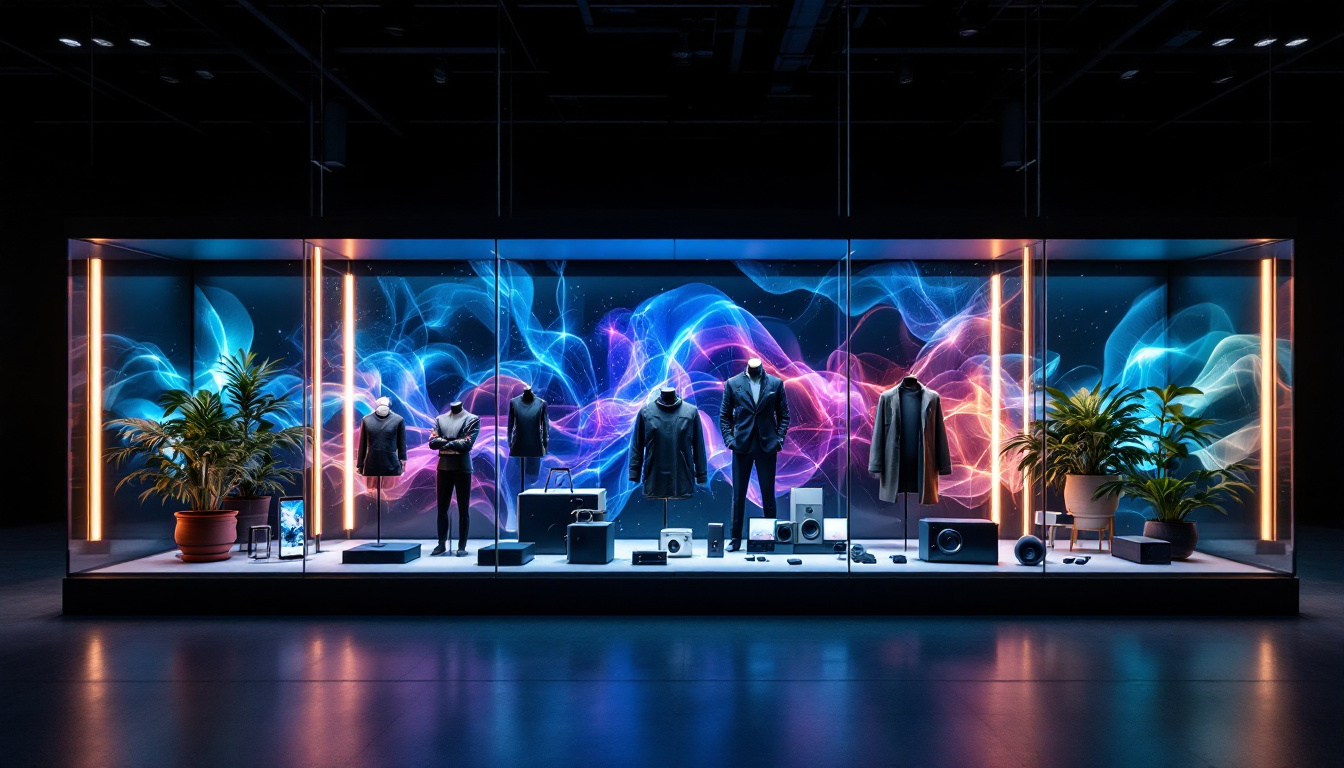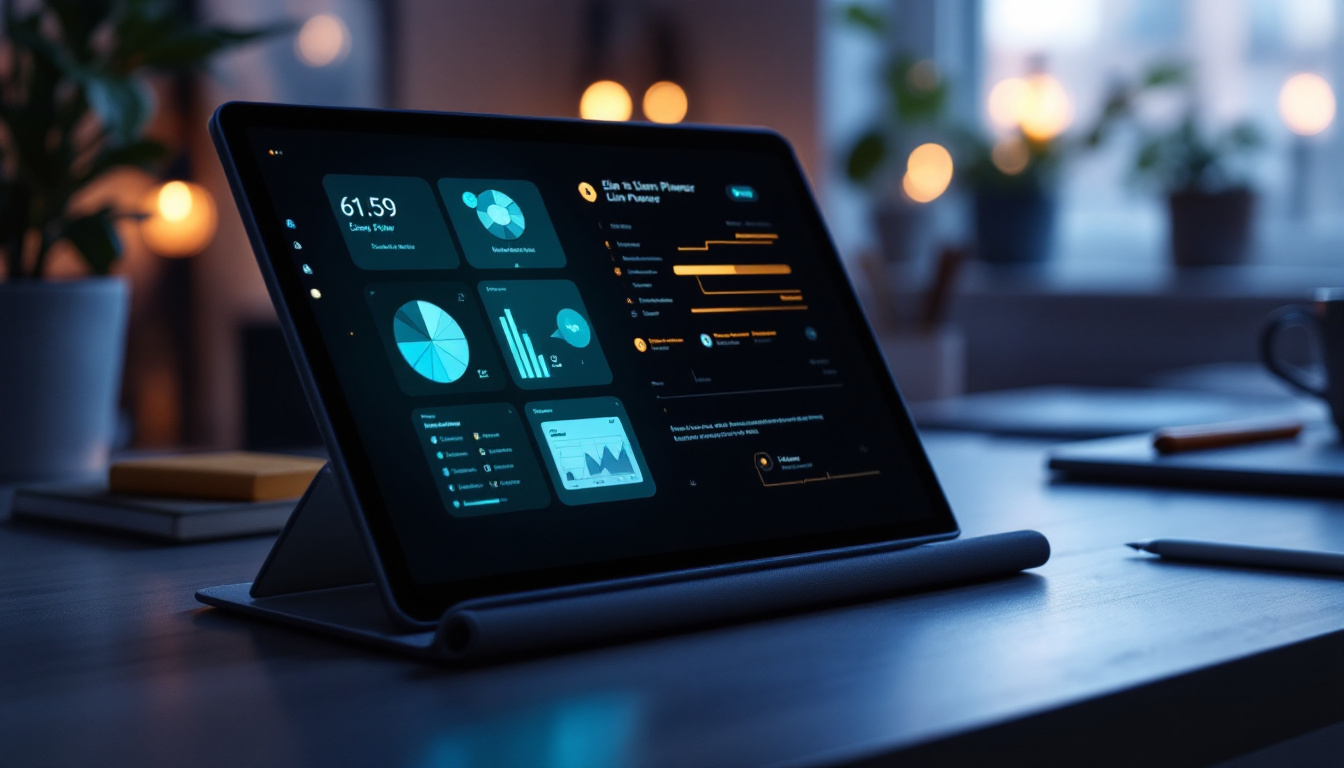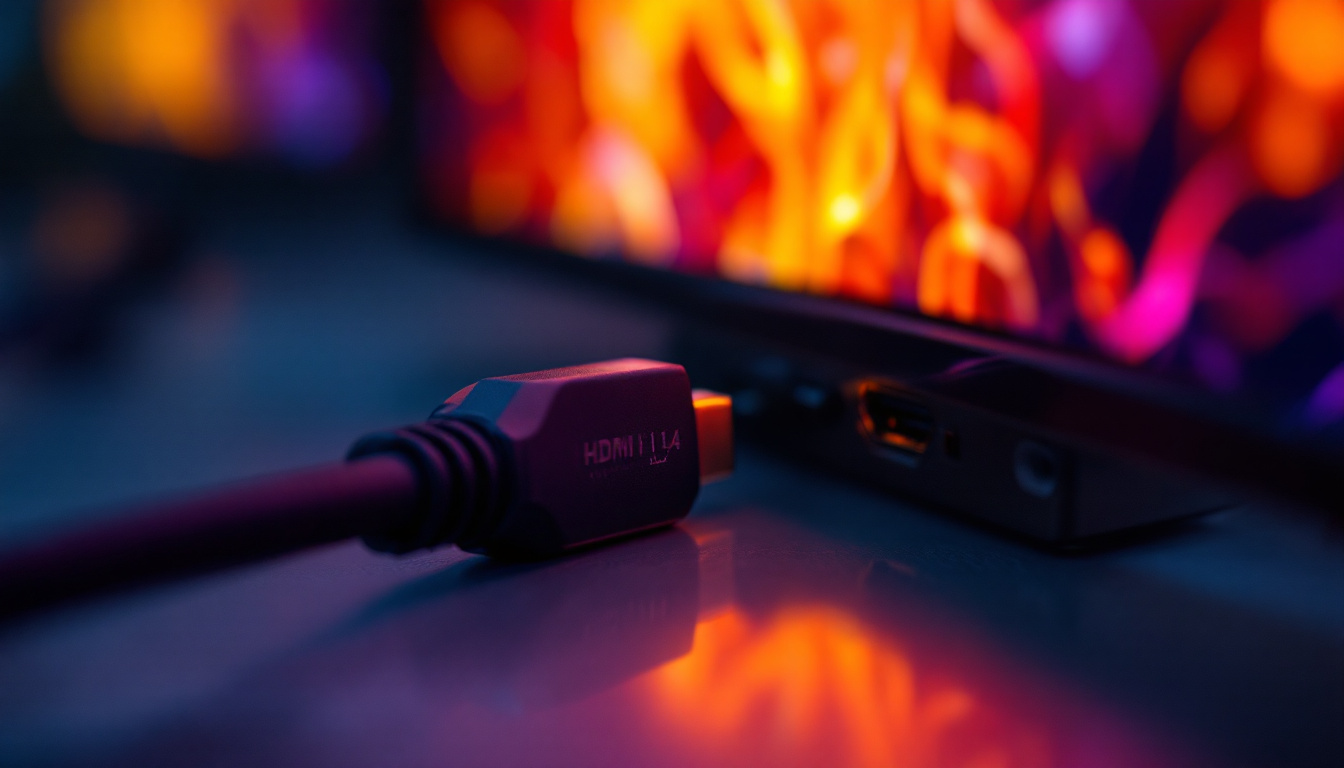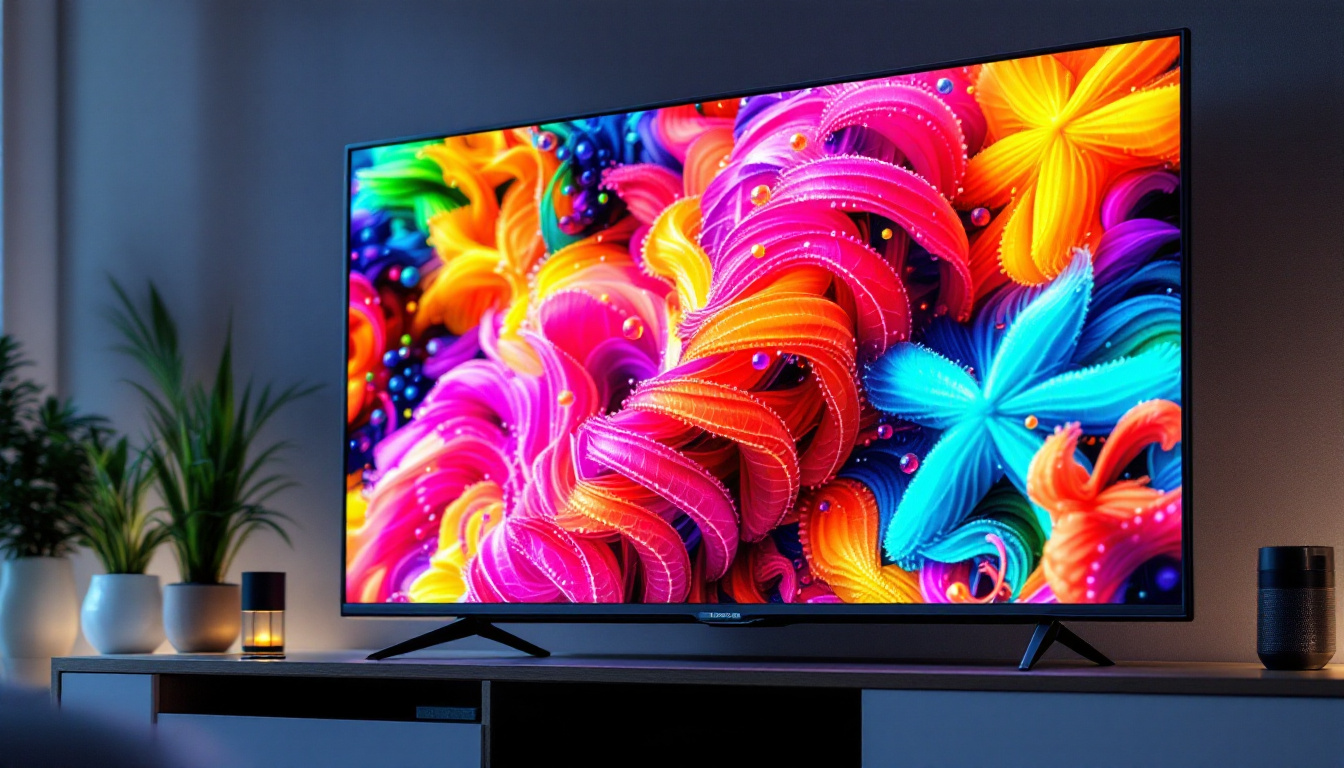In the world of outdoor entertainment, the demand for high-quality visuals has led to the evolution of projector screens. Among these, outdoor motorized projector screens have become increasingly popular for their convenience and superior performance. This article delves into the intricacies of outdoor motorized projector screens, particularly focusing on LED displays, and explores their features, benefits, and ideal use cases.
Understanding Outdoor Motorized Projector Screens
Outdoor motorized projector screens are designed to provide a seamless viewing experience in open-air environments. These screens are typically housed in a protective casing that shields them from the elements when not in use, ensuring longevity and durability. The motorized feature allows users to deploy and retract the screen effortlessly, making them a perfect choice for outdoor movie nights, sports events, or presentations.
How They Work
The operation of an outdoor motorized projector screen is straightforward yet sophisticated. At the core of its functionality is an electric motor that controls the screen’s movement. Users can activate the motor using a remote control, wall switch, or even a smartphone app, depending on the model. Once activated, the screen smoothly unfurls from its housing, stretching taut to provide a flat, high-quality projection surface.
Many models also feature a tensioning system that keeps the screen flat and wrinkle-free, which is crucial for optimal image quality. This tensioning mechanism is particularly important in outdoor settings where wind and other environmental factors can cause disturbances. Some advanced models even incorporate a dual tensioning system, which provides additional stability and ensures that the screen remains perfectly aligned, regardless of external conditions.
Benefits of Motorized Screens
Motorized projector screens offer several advantages over traditional manual screens. One of the most significant benefits is convenience. With a simple press of a button, users can deploy or retract the screen, eliminating the hassle of manual setup and takedown.
Additionally, motorized screens often come with advanced features such as programmable settings, allowing users to set specific heights or positions for different viewing scenarios. This level of customization enhances the overall user experience, making it easier to adapt to various outdoor conditions or audience sizes. Furthermore, many models are designed with integrated smart technology, enabling users to sync the screen with their home automation systems. This means that the screen can be programmed to deploy automatically at sunset or retract when the event concludes, adding an extra layer of convenience and sophistication to outdoor gatherings.
Moreover, outdoor motorized projector screens are available in a variety of materials and finishes, catering to different projection needs. For instance, some screens are designed with specialized coatings that enhance brightness and contrast, making them ideal for daytime use. Others may feature ambient light-rejecting technology, which minimizes the impact of surrounding light sources, ensuring that the projected image remains vivid and clear even in less-than-ideal lighting conditions. This versatility makes motorized screens an excellent investment for anyone looking to elevate their outdoor entertainment experience.
LED Displays: The Future of Outdoor Projection
LED technology has revolutionized the way images are displayed, particularly in outdoor settings. LED displays offer vibrant colors, high contrast ratios, and excellent brightness levels, making them ideal for daytime viewing. This section will explore the unique characteristics of LED displays and why they are increasingly favored for outdoor motorized projector screens.
Brightness and Clarity
One of the standout features of LED displays is their exceptional brightness. Traditional projectors often struggle in well-lit environments, leading to washed-out images and poor visibility. In contrast, LED technology produces bright, vivid images that remain clear even in direct sunlight. This capability is essential for outdoor events where ambient light can be a significant challenge.
Moreover, LED displays maintain clarity across a wide range of viewing angles. This means that audiences can enjoy a consistent viewing experience, regardless of where they are positioned relative to the screen. This characteristic is particularly beneficial for larger gatherings, where viewers may be seated at various distances and angles. The technology also allows for high refresh rates, which minimizes motion blur during fast-moving scenes, making it a preferred choice for sports events and live performances.
Durability and Longevity
Another advantage of LED displays is their durability. Unlike traditional projection systems that rely on fragile bulbs, LED screens are built to withstand outdoor conditions. They are typically resistant to moisture, dust, and temperature fluctuations, making them suitable for various climates. This resilience translates to a longer lifespan, reducing the need for frequent replacements or repairs.
Furthermore, LED technology is energy-efficient. It consumes less power compared to traditional projection methods, which not only lowers operational costs but also makes it a more environmentally friendly option. This efficiency is particularly appealing for outdoor events that may require extended viewing times. Additionally, many LED displays come equipped with smart technology that allows for automatic brightness adjustment based on ambient light conditions, ensuring optimal performance throughout the day and into the evening. As a result, event organizers can rely on these displays to deliver stunning visuals without the constant worry of technical issues or excessive energy consumption.
Choosing the Right Outdoor Motorized Projector Screen
When selecting an outdoor motorized projector screen with LED display capabilities, several factors should be considered. Understanding these elements can help ensure that the chosen screen meets specific needs and enhances the overall viewing experience.
Screen Size and Aspect Ratio
Screen size is a critical consideration. The ideal size will depend on the viewing distance and the number of viewers. For larger gatherings, a bigger screen will ensure that everyone can enjoy the content without straining their eyes. Aspect ratio is another important factor; common ratios include 16:9 for widescreen formats and 4:3 for traditional presentations. Choosing the right aspect ratio will depend on the type of content being displayed.
Installation and Portability
Installation options for outdoor motorized projector screens vary widely. Some models are designed for permanent installation, while others offer portability for easy setup and takedown. Portable screens are ideal for those who frequently move between locations or want the flexibility to set up in different outdoor environments. Consideration should be given to the weight and ease of transport, especially if the screen will be used for events in various settings.
Additional Features
Many outdoor motorized projector screens come equipped with additional features that enhance usability. For instance, some screens offer built-in speakers, while others may include smart technology that allows for integration with home automation systems. Features such as wind resistance, remote control operation, and programmable settings can significantly improve the user experience, making it essential to evaluate which features are most valuable for specific needs.
Setting Up Your Outdoor Motorized Projector Screen
Proper setup is crucial for maximizing the performance of an outdoor motorized projector screen. This section outlines the steps necessary to ensure optimal installation and operation.
Choosing the Right Location
The location of the screen plays a vital role in the overall viewing experience. It is essential to select a flat, stable surface that is free from obstructions such as trees, buildings, or power lines that could interfere with the projection. Additionally, considering the angle of the sun and potential sources of glare will help enhance visibility during daytime use.
Installation Process
Installation typically involves mounting the screen casing securely to a wall or using a freestanding frame. For permanent installations, it is advisable to follow the manufacturer’s guidelines closely to ensure safety and stability. If the screen is portable, ensure that it is set up on a level surface and that all components are securely fastened.
Testing and Calibration
Once the screen is installed, it is crucial to test the setup before the event. This involves checking the motorized operation, ensuring the screen deploys and retracts smoothly, and calibrating the projector settings for optimal image quality. Adjusting brightness, contrast, and focus will help achieve the best possible viewing experience.
Maintenance Tips for Longevity
To ensure the longevity of an outdoor motorized projector screen, regular maintenance is essential. Following a few simple guidelines can help keep the screen in optimal condition for years to come.
Cleaning the Screen
Dust, dirt, and debris can accumulate on the screen, affecting image quality. It is advisable to clean the screen regularly using a soft, lint-free cloth. For more stubborn stains, a mild soap solution can be used, but it is crucial to avoid harsh chemicals that could damage the screen material.
Inspecting Mechanical Components
Regular inspection of the motor and mechanical components is vital for identifying any potential issues before they escalate. Checking for loose connections, frayed cables, or signs of wear can help prevent operational failures. If any problems are detected, addressing them promptly will ensure continued performance.
Storing the Screen Properly
When not in use, it is essential to store the screen properly to protect it from the elements. If the screen is designed for outdoor use, ensure that it is retracted into its housing when not in use. For portable models, consider storing them in a protective case to prevent damage during transport.
Conclusion
Outdoor motorized projector screens equipped with LED displays represent a significant advancement in outdoor entertainment technology. Their combination of convenience, durability, and superior image quality makes them an ideal choice for a variety of outdoor events. By understanding the features, benefits, and maintenance requirements of these screens, users can make informed decisions that enhance their viewing experiences.
As outdoor gatherings continue to gain popularity, investing in a high-quality motorized projector screen with LED capabilities is a step towards creating memorable moments under the stars. Whether for movie nights, sports events, or presentations, these screens offer an unparalleled viewing experience that is sure to impress.
Discover the LumenMatrix Difference
Ready to elevate your outdoor entertainment with a motorized projector screen that boasts the latest LED display technology? Look no further than LumenMatrix, a pioneer in crafting visually stunning LED displays that transform any event into an extraordinary experience. From dynamic outdoor movie nights to vibrant sports events, our extensive range of LED display solutions, including custom and all-in-one options, are designed to captivate and engage your audience. Check out LumenMatrix LED Display Solutions today and step into the future of visual storytelling.

